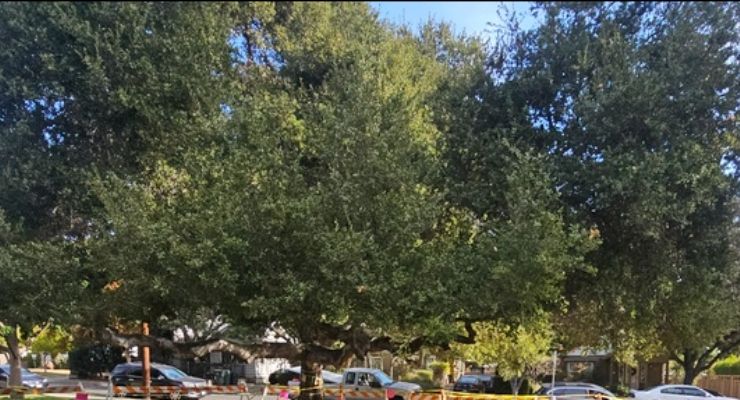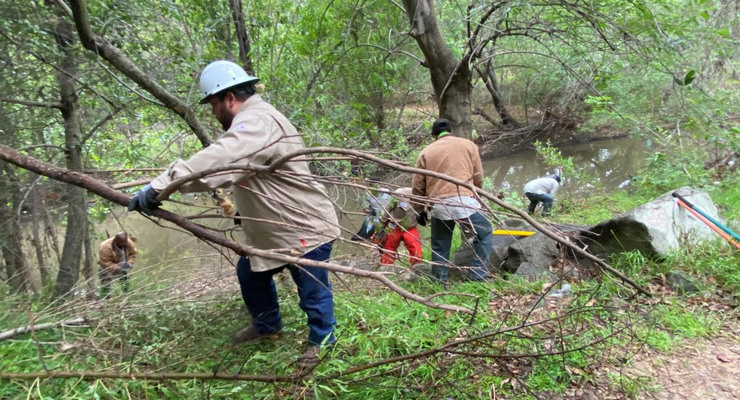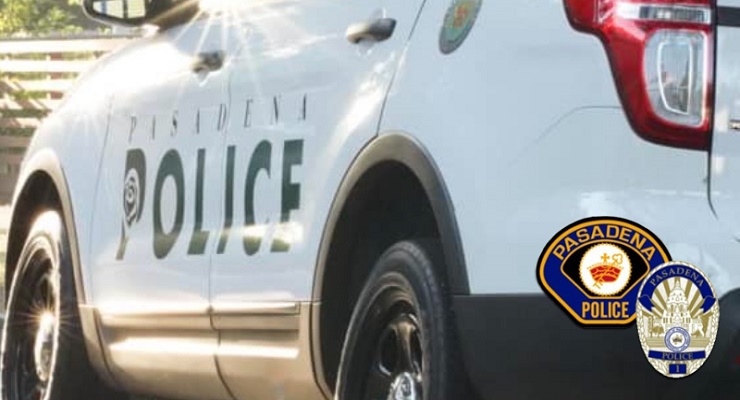
After 85 years of rigid street tree prescriptions, Pasadena could revolutionize its urban forestry strategy, prioritizing climate resilience, fire safety, and biodiversity over uniform street-by-street plantings.
The city’s Public Works Department is developing a new Master Street Tree Plan that could replace the current block-by-block approach with a more flexible, science-driven policy. The proposed framework will guide tree selection based on principles like “right tree, right place,” and incorporate emerging climate adaptation strategies.
“We now have much more science and information at our disposal,” said Garrett Crawford, forestry administrator for Public Works. “The existing plan from 1940 doesn’t account for current challenges like fire risk, climate change, and biodiversity.”
The current 85-year-old plan, which underwent its last major amendment in 1976, prescribes specific tree species for each street block.
While updated as needed over decades, Crawford described the process as “quite lengthy and laborious” and “very, very reactionary.”
Key proposed principles include adhering to the “10-20-30 rule” for tree diversity, limiting any single tree family to 30%, genus to 20%, and species to 10% of total urban forest composition.
The city would also prioritize native and fire-resistant species while continuing its existing practice of not planting palm trees, which provide minimal shade and pose significant fire risks.
Councilmember Rick Cole praised the approach, calling the plan “fantastic” and noting staff was developing it in-house rather than hiring consultants. He specifically advocated for oak trees and sycamores, expressing concern about applying diversity rules too rigidly to beneficial native species.
The department plans to incorporate tree recommendations from the city’s five adopted specific plans and consult resources like the Audubon Society and UC Davis climate-adaptive tree lists.
Crawford expects to bring a draft plan to the city council by September or October. The council must greenlight any plan beore it can be put ito action.
Under the plan, the city would prioritize tree planting in areas with minimal existing canopy, particularly in districts with higher heat vulnerability. The goal extends beyond aesthetic improvement to addressing urban heat island effects and providing environmental benefits.














 0 comments
0 comments


